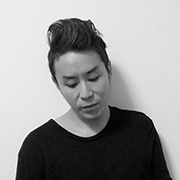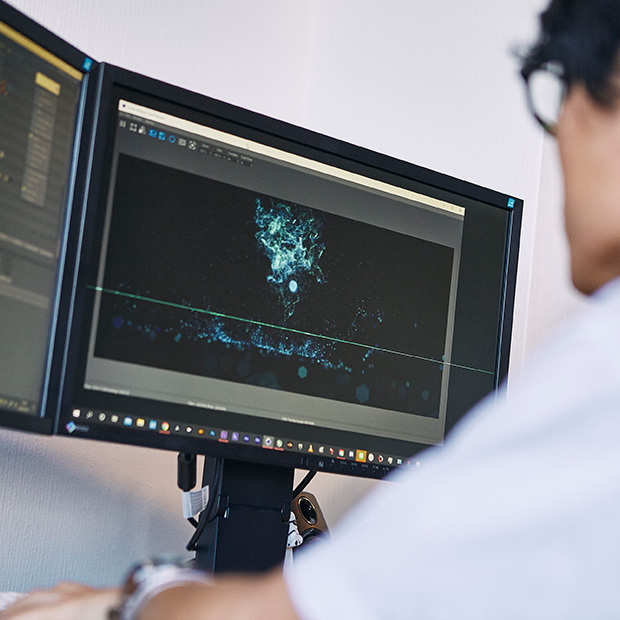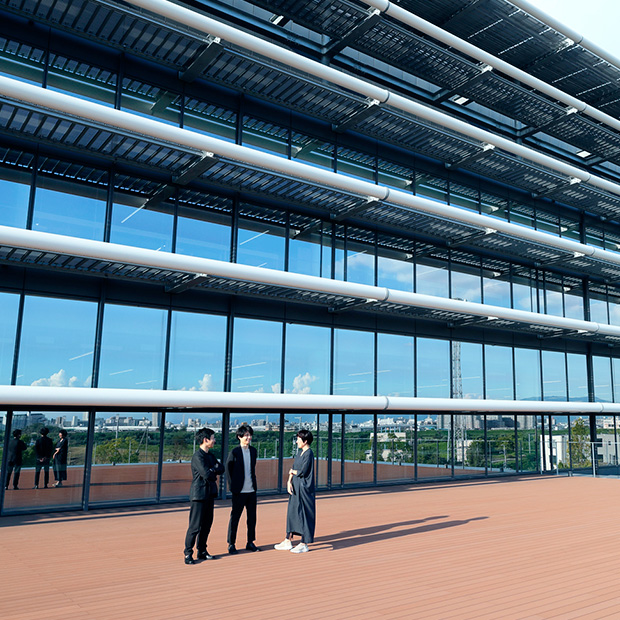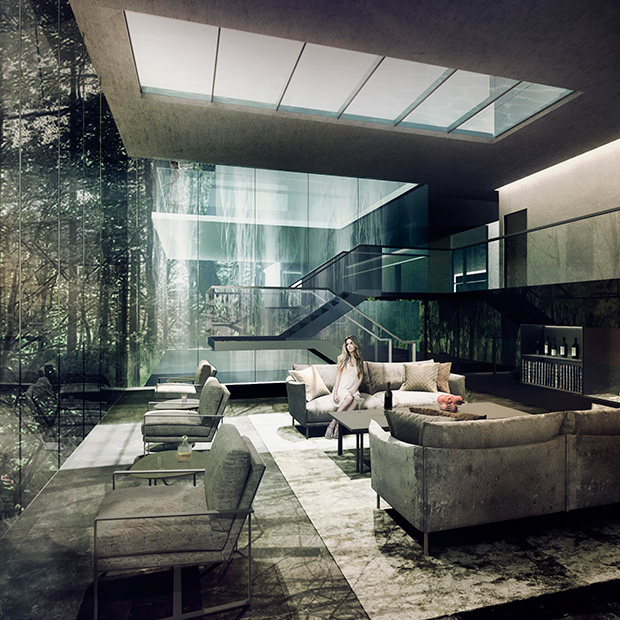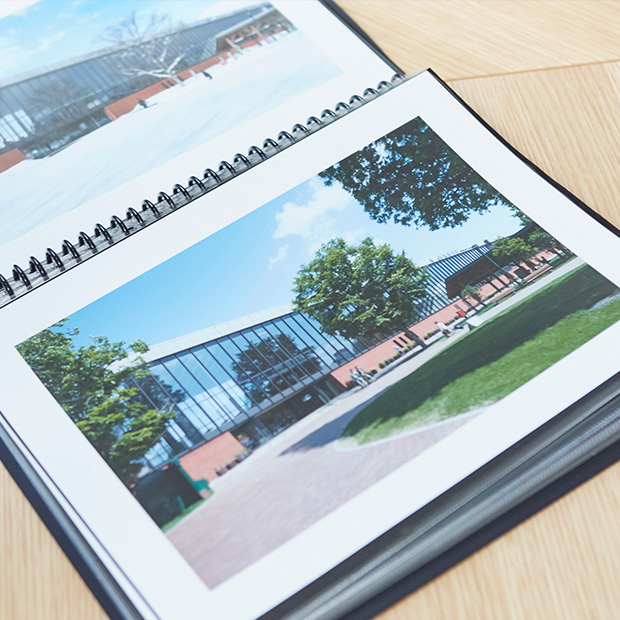Sound is transmitted to people by vibrations in the air, and the various sounds overflowing in our daily life cannot be created without air. How can we achieve a new expression by using air and sound, both of which exist in the space but are invisible? We talked with evala, a sound artist who pursues “spatial compositions” as a new style of music.
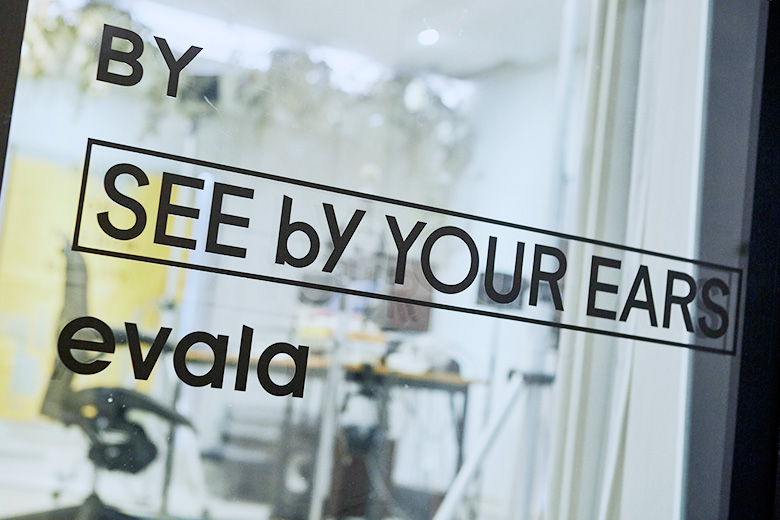
The vibrations and waves of air as artwork
Few people may have heard of my job title—sound artist. I am a musician, in a broad sense, and I have produced sound art pieces while working as a so-called music producer and composer. Because I have particularly focused on expressing sensory and emotional things that are “slipped” from music scores, I have received more offers from museums than from theaters. The title “sound artist” was created in that context. Although there has been sound art before, it referred to the art of visual objects with interesting sounds. The art is intended to be “listened to with your eyes.” As opposed to such a sensory perception, my artwork is intended to be “seen with your ears” because I believe that the vibrations and waves of air alone can create artwork without any need for using any visual elements.
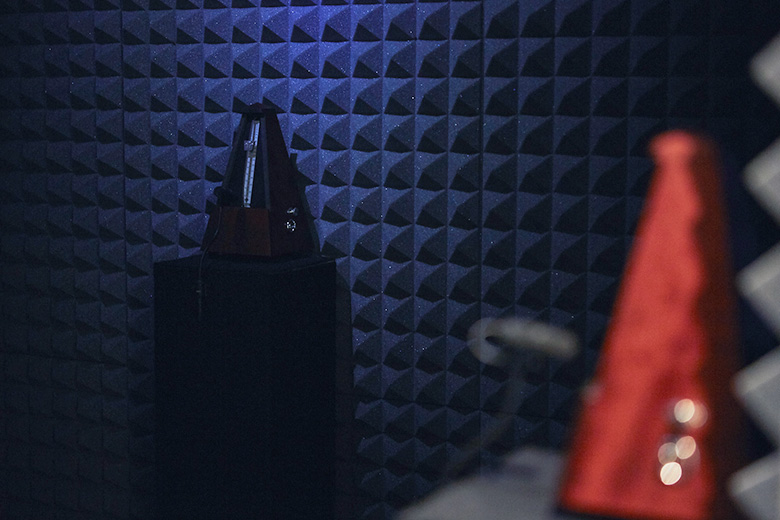
For example, this is a mobile anechoic chamber, one of my art pieces. There are three metronomes in the dark container-shaped chamber covered by sound-proofing materials inside. The sound from these metronomes is captured by an omnidirectional microphone and processed in real time through a three-dimensional sound program. Sound travels through space while being stretched and crushed to create something people have never heard before. In the chamber, audiences exclusively rely on their sense of hearing. The unusual sound in the non-visual situation inspires the audience’s imagination and brings them unique experiences that deviate from the real world. Interestingly, many audiences talk about visual impressions even though they did not see anything. Some people say, “I saw a castle,” or “A fire was burning fiercely.” Another person once asked me, “I saw a bright yellow light in the last part. What type of lighting effects did you use?” Sound in a non-visual setting evokes inner memories and experiences in people and increases imagination in their brains. In this way, they are able to “see” things.
Sound and space
When musical performers arrive at a concert hall, they first clap their hands once, creating a sound like “Pan!” By doing so, they intend to hear a reverbing sound of “n” after a stable reference sound of “pa.” When thinking of sound, people tend to think of the sound source “pa.” However, a sound source is not the same as a sound. Sound is produced only from a sound source and space. How the sound source transmits sound and how the air and space are designed are important. Although people also focus on the sound source “pa” when they design cities, a clue may be hidden in “n.”
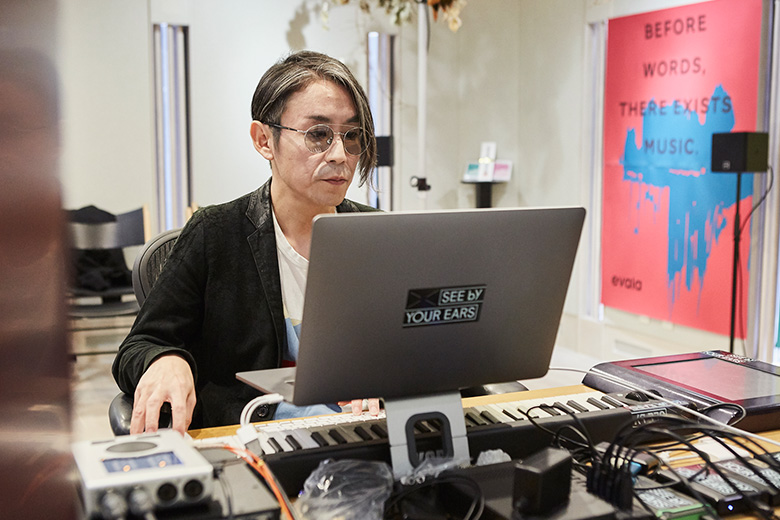
The reverberation “n” also allows us to create new expressions. Sound is the most effective means to indicate the presence of people and objects. For example, imagine a movie scene in which a gunshot sound rings out and a bullet is shot from a screen with a whoosh. A sound enables us to vividly express the trajectory of the bullet as if it passes by the audience. However, the sound distracts audiences from the screen as they intuitively look back to follow the bullet. This is not good for conventional movies that focus on visual expression and intend to keep audience attention fixed on the screen. So, I decided to create an unconventional film that is offered in complete darkness.
My new “Invisible Cinema” series use spaces such as theaters and halls to provide audiences with an audio-only cinema experience in complete darkness. For example, they hear a splashing sound on the right side while hearing the sound of wind blowing on the left side. The unusual experience to “see” with ears creates an unexpected fantasy that is closely associated with memories. Rather than giving sensory stimulation from outside through the film, I want to draw out what is inside the audience. This is a “spatial composition.” In Japanese, there are two kanji characters that describe darkness: “暗” and “闇.” The character “暗” consists of “sun” and “sound,” and “闇” represents a confined sound. In a unique sense of Japanese, darkness is full of sound.
Places that attract people
Space and air are essential to express sound. For example, audio speakers cannot work at all without air. Just as a pebble dropped into water ripples the water surface, the sound source transmits sound through the air. The important thing in handling sound is how it coexists with the air. The anechoic chamber that absorbs reflections of sound allows us to artificially control a perceived size of space and freely create a world. Similar things can happen in nature and cities that are filled with various types of sounds.
For instance, many quiet places have attracted and captivated people. Many places known as spiritual spots are also quiet. To tell you the truth, the quietness in these places is made by unusual reflections of sound. For example, small pieces of coral that have gathered over years and the moss covering the ground naturally absorb sound and create an isolated space where sound is reflected in an unusual manner. When people feel something special about the place, they are largely affected by sound. Our ancestors, who lived in nature, subconsciously realized and venerated the quietness in such an unusual acoustic space.
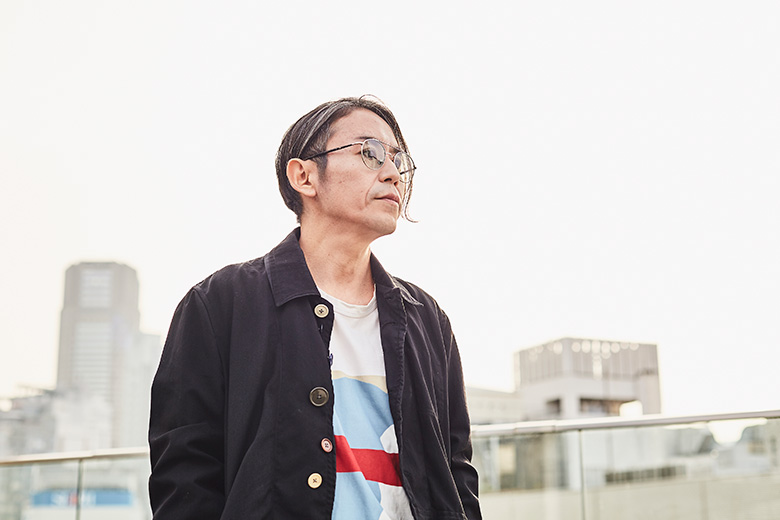
Urban cities are full of sounds, such as traffic noise and background music, but their fixed noise structure can annoy people. In modern times, sound is added to attract people, but that makes it noisy, which I think is counterproductive. If you want to attract people, it is important to help them relieve their daily exposure to noise. The future sound design will need to “remove” sound. This does not mean to merely create silence. It is to create a sound that provides a sense of quietness. If you can create a quiet space in the middle of a city by using “sound-proofing air,” the place would attract many people. It would be very interesting if an air conditioner could blow “sound-proofing air” as a means to create such a space.






